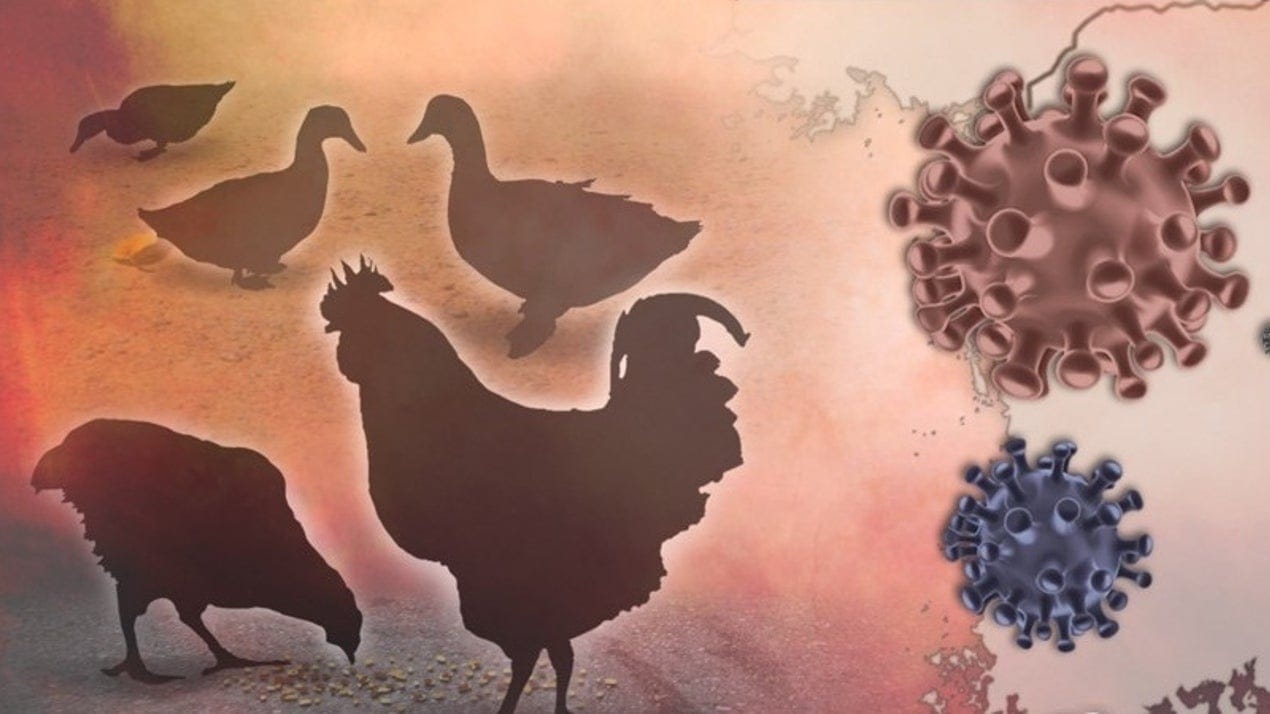The California Department of Food and Agriculture (CDFA) recently announced the detection of a rare strain of avian influenza, subtype H5N1, in a commercial poultry flock in the state. This discovery has heightened concerns within the agricultural community and prompted increased surveillance and biosecurity measures to prevent further spread. The H5N1 virus, classified as highly pathogenic, has a history of causing significant losses in poultry populations worldwide. While it is primarily a disease of birds, there have been isolated cases of human infection, emphasizing the need for vigilance.
The infected flock in California has been quarantined, and all birds within the premises will be humanely euthanized to contain the outbreak. The CDFA is working closely with the United States Department of Agriculture (USDA) and other federal agencies to conduct a thorough investigation and implement control measures. These measures include enhanced surveillance for the virus in wild birds and poultry flocks, as well as strict biosecurity protocols for poultry farms and operations.
The detection of this particular strain of avian influenza in California is noteworthy because it is relatively rare in the United States. While H5N1 outbreaks have been reported in other parts of the country in recent years, this specific strain has not been widely circulated. This raises the possibility that the virus may have emerged from a new source or may have mutated, potentially increasing its transmissibility or virulence.
The implications of this discovery extend beyond the immediate impact on the poultry industry. Avian influenza outbreaks can have significant economic consequences, affecting poultry production, processing, and trade. Moreover, the potential for human infection underscores the need for public health preparedness and the importance of preventing the virus from spreading beyond animal populations.
The CDFA is urging poultry owners and handlers to practice stringent biosecurity measures to minimize the risk of infection. This includes separating poultry from wild birds, disinfecting equipment and facilities regularly, and implementing strict hygiene protocols. The agency is also providing technical assistance and resources to poultry producers to help them comply with biosecurity guidelines.
As the investigation into the California outbreak continues, it remains crucial to monitor the situation closely and to implement effective control measures to prevent the wider spread of this potentially dangerous virus.



